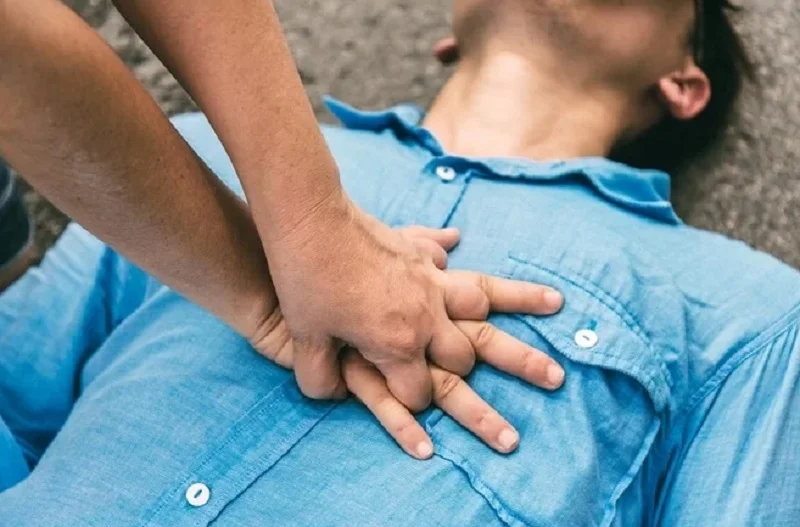Prime Minister Muhammad Shehbaz Sharif has announced a nationwide training programme for health Cardiopulmonary Resuscitation (CPR) to save human lives in emergencies.
The prime minister has directed the head of the Strategic Reforms Unit Salman Sufi to initiate the plan of CPR training immediately to save people’s lives in crucial situations.
Salman Sufi, in a statement, said the CPR training programme of international standard will help save the lives of people.
He said CPR training will also be included in the curriculum at the school level besides training every citizen during the campaign.
READ THIS
3,500 Pakistani medical workers sent to Kuwait to fight pandemic
Britain to investigate ‘systematic bias’ in medical devices tech
Salman Sufi said an action plan for a nationwide training drive will be announced next week.
He further said that Prime Minister would announce a reform programme in the health sector in the coming days and CPR training is the first step in this direction.
According to the American Heart Association, CPR – or Cardiopulmonary Resuscitation – is an emergency lifesaving procedure performed when the heart stops beating. Immediate CPR can double or triple the chances of survival after cardiac arrest.
How is CPR performed?
There are two commonly known versions of CPR:
- For healthcare providers and those trained: conventional CPR using chest compressions and mouth-to-mouth breathing at a ratio of 30:2 compressions-to-breaths. In adult victims of cardiac arrest, it is reasonable for rescuers to perform chest compressions at a rate of 100 to 120/min and to a depth of at least 2 inches (5 cm) for an average adult while avoiding excessive chest compression depths (greater than 2.4 inches [6 cm]).
- For the general public or bystanders who witness an adult suddenly collapse: compression-only CPR, or Hands-Only CPR. Hands-Only CPR is CPR without mouth-to-mouth breaths. It is recommended for use by people who see a teen or adult suddenly collapse in an out-of-hospital setting (such as at home, at work, or in a park).


